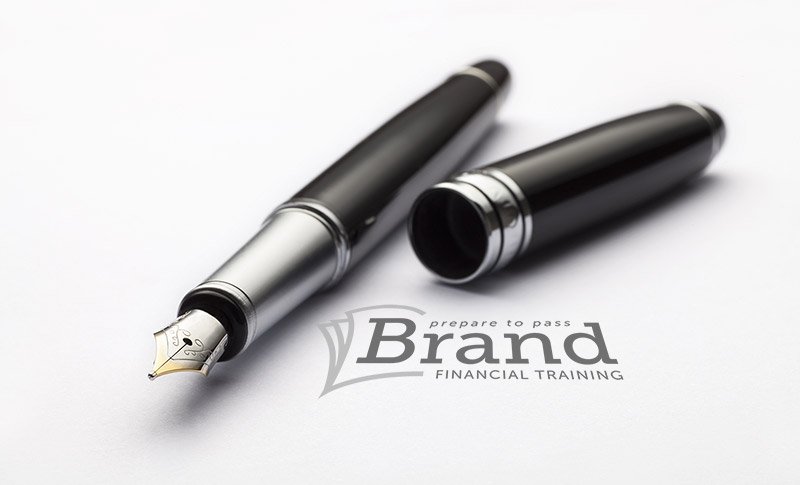Top Tip – Tax Payment 31st January 2014 – CII CF2, CF5, R03, R06, AF1, AF5
Last updated on September 25th, 2019 at 4:45 am


The self-employed are only too familiar with the January ‘tax blues’ and the prospect of having the first payment of account to pay for the current tax year as well as the balancing payment that’s due for the previous tax year.
Let’s look at an example:
Danny had a tax bill in 2011/12 of £14,000 and in 2012/2013 of £16,000. Let’s estimate that his tax bill for 2013/2014 will be £20,000.
What will his tax payment be on 31st January 2014?
Firstly he needs to pay the first payment on account for 2013/14. This is based on 50% of the previous years’ tax bill – ie 50% of £16,000 = £8,000.
He also has to pay the balancing payment for the 2012/13 tax year. He will have paid £14,000 on account (100% of the 2011/12 tax year) and so he’ll owe the difference between that and the £16,000 he actually owes for 2012/13. His balancing payment will be £2,000.
To that he will need to add his Class 4 NI contributions (these are paid as a % of annual taxable profits – 9% between £7,755 and £41,450 and 2% on profits over that amount) and also any capital gains tax that he owes on gains made in 2012/13.
All in all January can be an expensive month!
For smaller businesses though there is some good news for 2013/14 and that is that the cash basis can be used to work out income and expenses for self-assessment. The cash basis can be used if you are a sole trader or in a partnership and have an income of £79,000 or less a year (this is the VAT threshold). Cash basis could suit smaller businesses because, at the end of the tax year, you don’t have to pay tax on money you didn’t actually receive in your accounting period. (NB Limited companies and limited liability partnerships can’t use cash basis).
For more information on our training resources go to:
http://www.brandft.co.uk/cf/cf2.asp – for CF2
http://www.brandft.co.uk/cf/cf5.asp – for CF5
http://www.brandft.co.uk/drfp/r03.asp – for R03
http://www.brandft.co.uk/drfp/r06.asp – for R06
http://www.brandft.co.uk/advdf/af1.asp – for AF1
http://www.brandft.co.uk/advdf/af5.asp – for AF5







